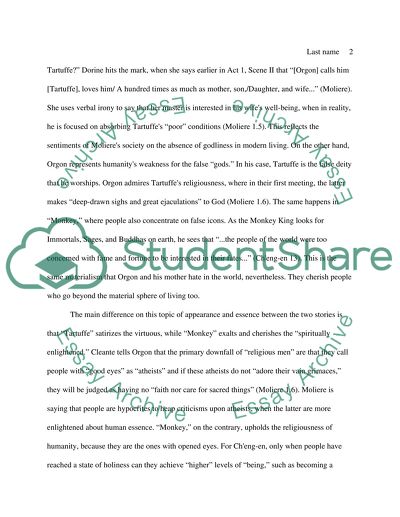Cite this document
(“Appearance versus Essence in Monkey and Tartuffe Book Report/Review”, n.d.)
Retrieved from https://studentshare.org/literature/1429854-appearance-versus-essence-in-monkey-and-tartuffe
Retrieved from https://studentshare.org/literature/1429854-appearance-versus-essence-in-monkey-and-tartuffe
(Appearance Versus Essence in Monkey and Tartuffe Book Report/Review)
https://studentshare.org/literature/1429854-appearance-versus-essence-in-monkey-and-tartuffe.
https://studentshare.org/literature/1429854-appearance-versus-essence-in-monkey-and-tartuffe.
“Appearance Versus Essence in Monkey and Tartuffe Book Report/Review”, n.d. https://studentshare.org/literature/1429854-appearance-versus-essence-in-monkey-and-tartuffe.


